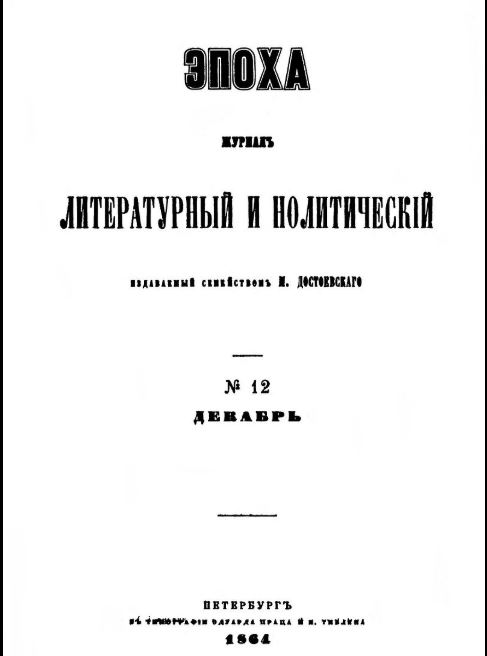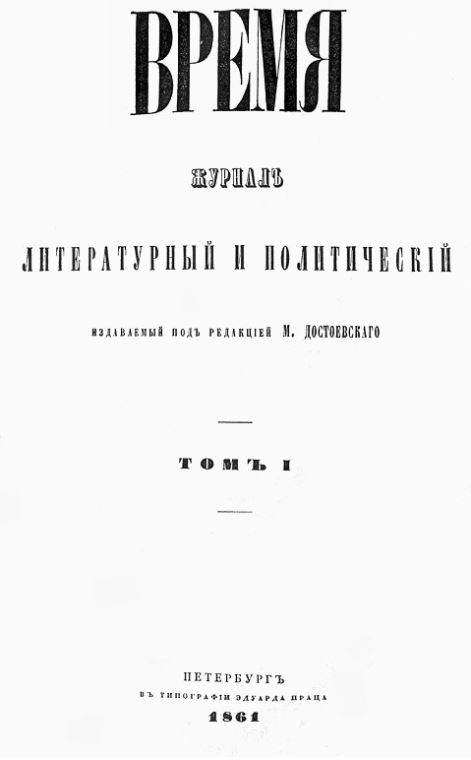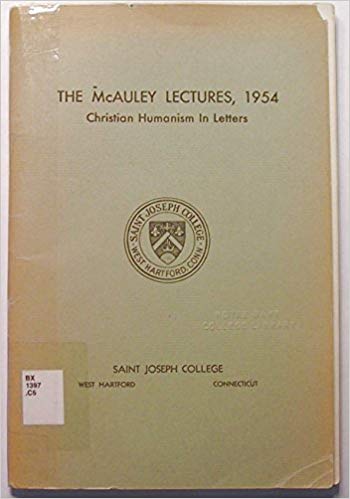One of the signs of the gravitational pull exercised by Eisenstein on McLuhan was the close attention he came to pay to other theoreticians of film once he had been exposed to Eisenstein. One of the most important of these was Cesare Zavattini, 1902-1989, who was cited by McLuhan at amazing length in his 1954 ‘Catholic Humanism and Modern Letters’ lecture:
[McLuhan:] Another way of seeing this mysterious medium [of film] for transforming experience is to consider it as the exact embodiment of Plato’s Cave. The dreaming eye of the movie god casting his images on the dark screen corresponds to that image of human life offered to us by Plato in the Republic: existence is a kind of cave or cellar on the back wall of which we watch the shadows of real things from the outside world of reality.
In ordinary perception men perform the miracle of recreating within themselves, in their interior faculties, the exterior world. This miracle is the work of the nous poietikos or of the agent intellect — that is, the poetic or creative process. The exterior world in every instant of perception is interiorized and recreated in a new matter. Ourselves. And in this creative work that is perception and cognition, we experience immediately that dance of Being within our faculties which provides the incessant intuition of Being. I can only regard the movie as the mechanization and distortion of this cognitive miracle by which we recreate within ourselves the exterior world. [It is potentially distorting, because] whereas cognition provides that dance of the intellect which is the analogical sense of Being, the mechanical medium has tended to provide merely a dream world which is a substitute for reality rather than a means of [probing] reality.
The camera, however, in the hands of a realist is capable of quite different effects, and I should like to offer some remarks of Cesare Zavattini, the famous Italian movie-artist as suggesting a humanist rather than an aspirin approach to the film:
[Zavattini:] No doubt one’s first and most superficial reaction to everyday reality is that it is tedious. Until we are able to overcome some moral and intellectual laziness, in fact, this reality will continue to appear uninteresting. One shouldn’t be astonished that the cinema has always felt the natural, unavoidable necessity to insert a “story” in the reality to make it exciting and “spectacular.” All the same, it is clear that such a method evades a direct approach to everyday reality, and suggests that it cannot be portrayed without the intervention of fantasy or artifice.
The most important characteristic, and the most important innovation, of what is called neorealism, it seems to me, is to have realised that the necessity of the “story” was only an unconscious way of disguising a human defeat, and that the kind of imagination it involved was simply a technique of superimposing dead formulas over living social facts. Now it has been perceived that reality is hugely rich, that to be able to look directly at it is enough; and that the artist’s task is not to make people moved or indignant at metaphorical situations, but to make them reflect (and, if you like, to be moved and indignant too) on what they and others are doing, on the real things, exactly as they are.
For me this has been a great victory. I would like to have achieved it many years earlier. But I made the discovery only at the end of the war. It was a moral discovery, an appeal to order. I saw at last what lay in front of me, and I understood that to have evaded reality had been to betray it.
Example: Before this, if one was thinking over the idea of a film on, say, a [workers’] strike, one was immediately forced to invent a plot. And the strike itself became only the background to the film. Today, our attitude wouId be one of “revelation”: we would describe the strike itself, try to work out the largest possible number of human, moral, social, economic, poetic values from the bare documentary fact.
We have passed from an unconsciously rooted mistrust of reality, an illusory and equivocal evasion, to an unlimited trust in things, facts and people. Such a position requires us, in effect, to excavate reality, to give it a power, a communication, a series of reflexes, which until recently we had never thought it had. It requires, too, a true and real interest in what is happening, a search for the most deeply hidden human values; which is why we feel that the cinema must recruit not only intelligent people, but, above all, “living” souls, the morally richest people.
The cinema’s overwhelming desire to see, to analyse, its hunger for reality, is an act of concrete homage towards other people, towards what is happening and existing in the world. And, incidentally, it is what distinguishes “neorealism” from the American cinema. (…)
What effects on narrative, then, and on the portrayal of human character, has the neorealist style produced?
To begin with, while the cinema used to make one situation produce another situation, and another, and another, again and again, and each scene was thought out and immediately related to the next (the natural result of a mistrust of reality), today, when we have thought out a scene, we feel the need to “remain” in it, because the single scene itself can contain so many echoes and reverberations, can even contain all the situations we may need. Today, in fact, we can quietly say: give us whatever “fact” you like, and we will disembowel it, make it something worth watching.
While the cinema used to portray life in its most visible and external moments — and a film was usually only a series of situations selected and linked together with varying success — today the neorealist affirms that each one of these situations, rather than all the external moments, contains in itself enough material for a film.
Example: In most films, the adventures of two people looking for somewhere to live, for a house, would be shown externally in a few moments of action, but for us it could provide the scenario for a whole film, and we would explore all its echoes, all its implications.
Of course, we are still a long way from a true analysis of human situations, and one can speak of analysis only in comparison with the dull synthesis of most current production. We are, rather, still in an “attitude” of analysis; but in this attitude there is a strong purpose, a desire for understanding, for belonging, for participating — for living together, in fact.
Substantially, then, the question today is, instead of turning imaginary situations into “reality” and trying to make them look “true,” [rather] to take things as they are, almost by themselves, [as they] create their own special significance. Life is not what is invented in “stories”; life is another matter. To understand it involves a minute, unrelenting, and patient search.
Here I must bring in another point of view. I believe that the world goes on getting worse because we are not truly aware of reality. The most authentic position anyone can take up today is to engage himself in tracing the roots of this problem. The keenest necessity of our time is “social attention”.
Attention, though, to what is there, directly: not through an apologue, however well conceived. A starving man, a humiliated man, must be shown by name and surname; no fable [is fit] for a starving man, because that is something else, less effective and less moral. The true function of the cinema is not to tell fables, and to a true function we must recall it.
Of course, reality can be analysed by ways of fiction. Fictions can be expressive and natural; but neorealism, if it wants to be worthwhile, must sustain the moral impulse that characterised its beginnings, in an analytical documentary way. No other medium of expression has the cinema’s original and innate capacity for showing things, that we believe worth showing, as they happen day by day — in what we might call their “dailiness“, their longest and truest duration. The cinema has everything in front of it, and no other medium has the same possibilities for getting it known quickly to the greatest number of people.
As the cinema’s responsibility also comes from its enormous power, it should try to make every frame of film count, by which I mean that it should penetrate more and more into the manifestations and the essence of reality.
The cinema only affirms its moral responsibility when it approaches reality in this way.
The moral, like the artistic, problem lies in being able to observe reality, not to extract fictions from it.
[McLuhan:] That I think represents a point of view which can only be regarded as a major addition to Catholic humanism and letters. And as we trace the rise of successive communication channels or links, from writing to movies and TV, it is borne in on us that in order for their exterior artifice to be effective it must partake of the character of that interior artifice by which in ordinary perception we incarnate the exterior world. Because human perception is literally incarnation. So that each of us must poet the world or fashion it within us as our primary and constant mode of awareness. And the mechanical or mass media of communication must at least [likewise] poet the world in order to hold our attention.
The movie can teach us something more about perception and the poetic process. The characteristic dream world offered to the movie spectator occurs when we reverse the spool on which the camera has rolled up the carpet of the external world. So reversed, the carpet of the daylight world becomes the magic carpet of dreams carrying us instantly anywhere. Similarly, it would seem that the poet differs from other men only in his conscious ability to arrest the intake of experience and to reverse the flow. By this means he is able to externalize in a work the actual process by which each of us in perception or cognition incarnates the external world of experience. But every word uttered by man requires a large measure of the poetic ability. Our words are analogies of the miracle by which we incarnate and utter the world.


